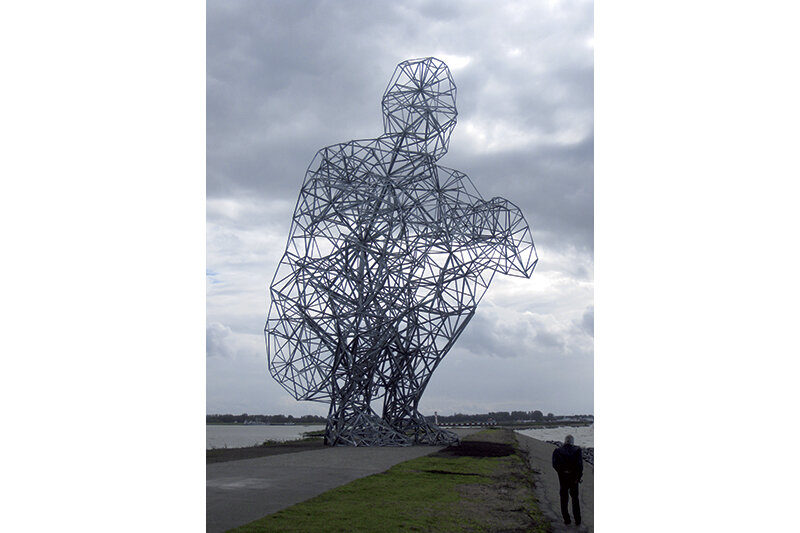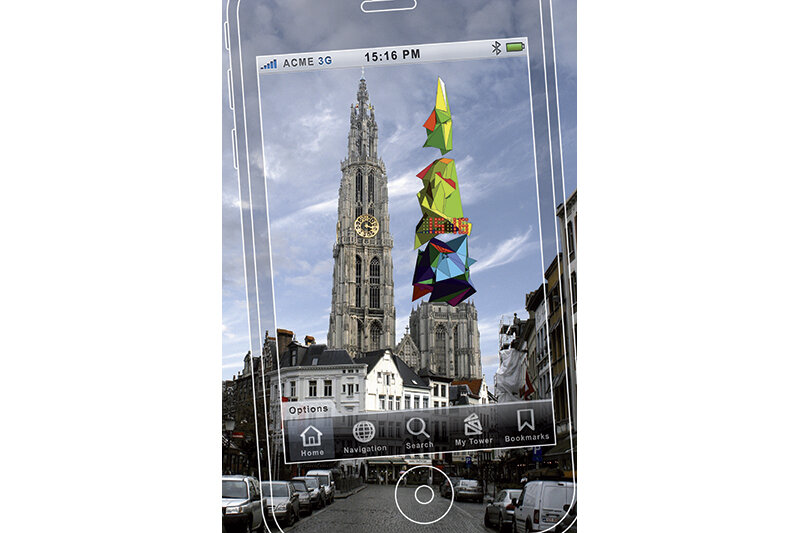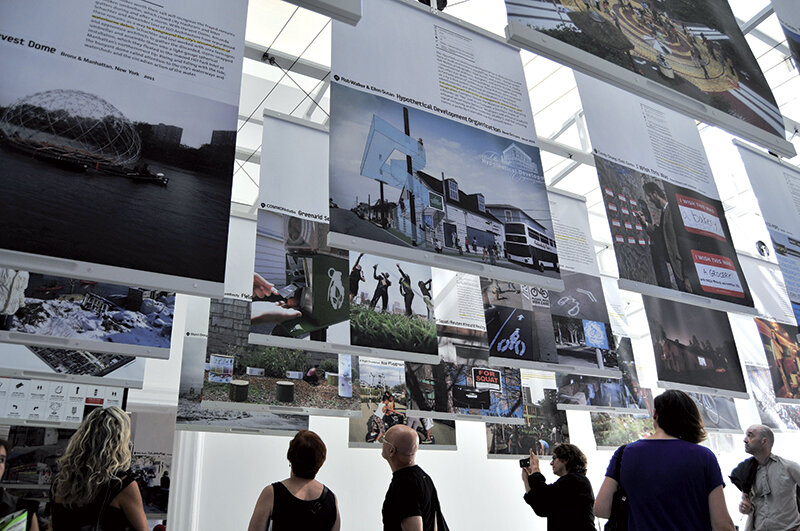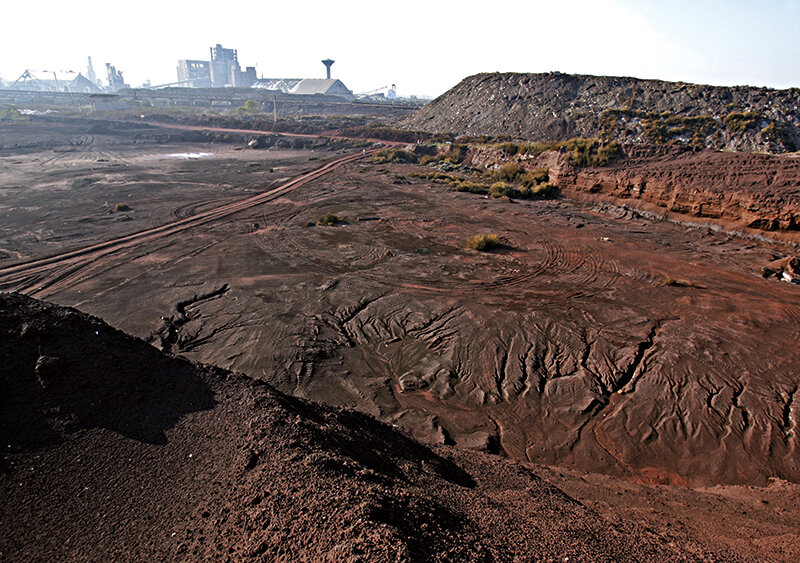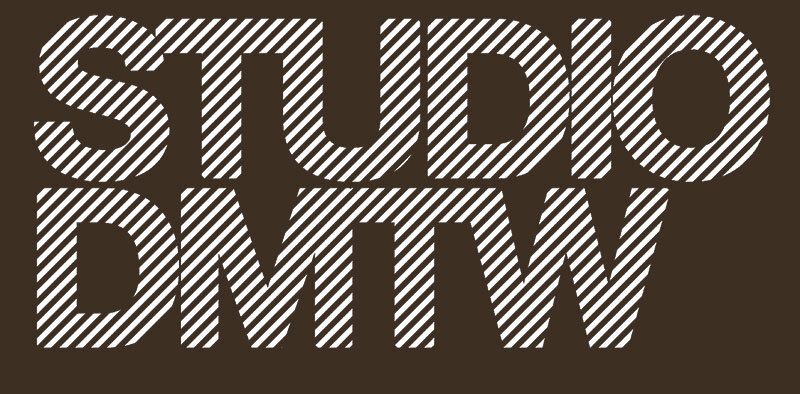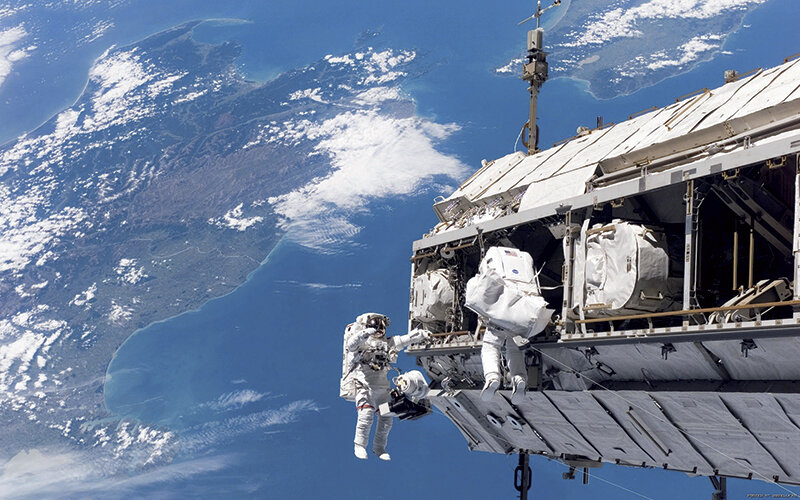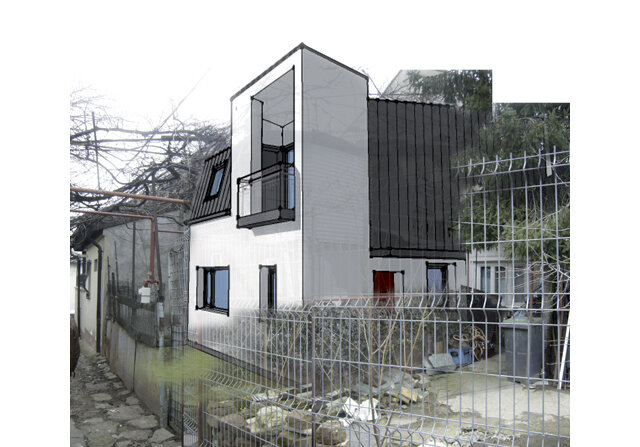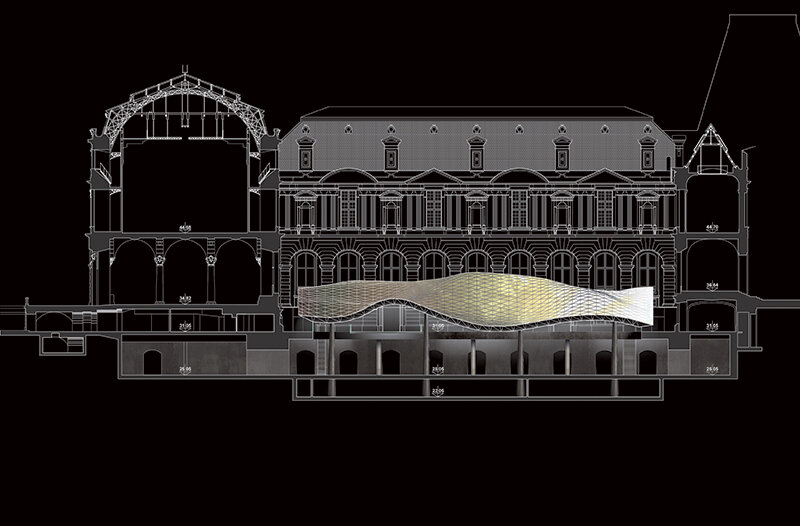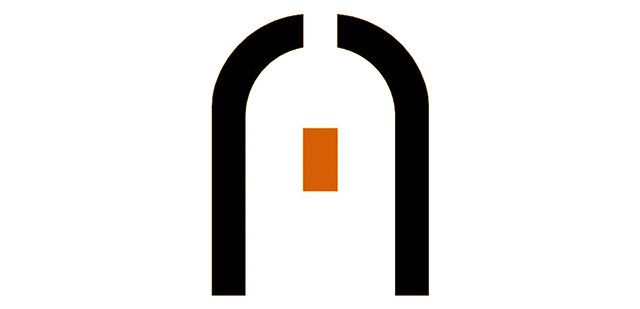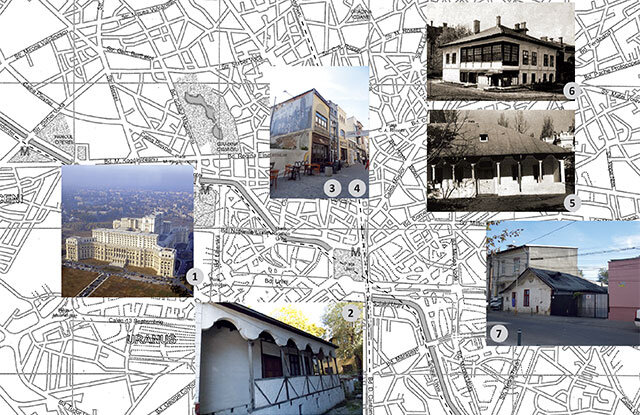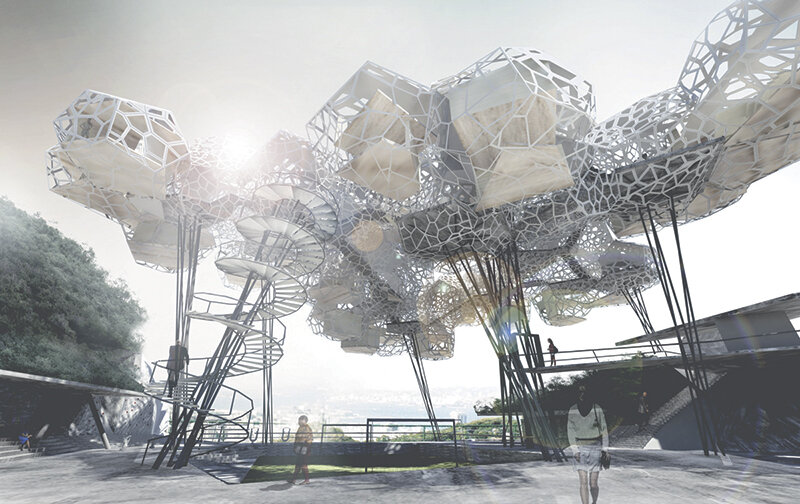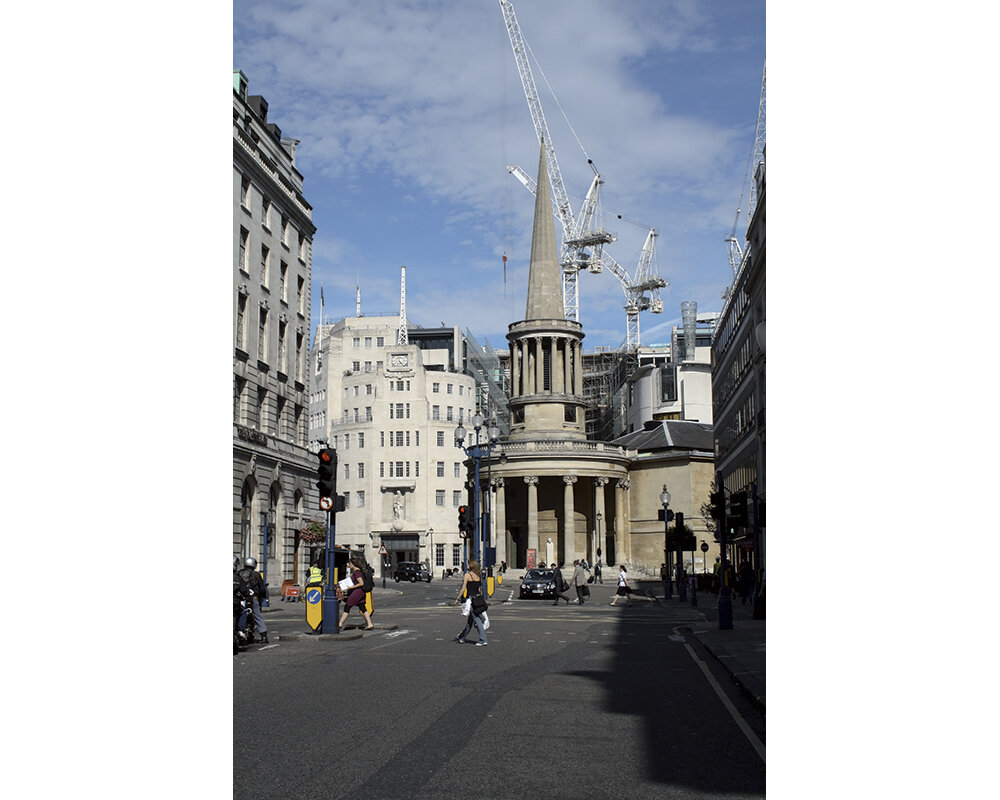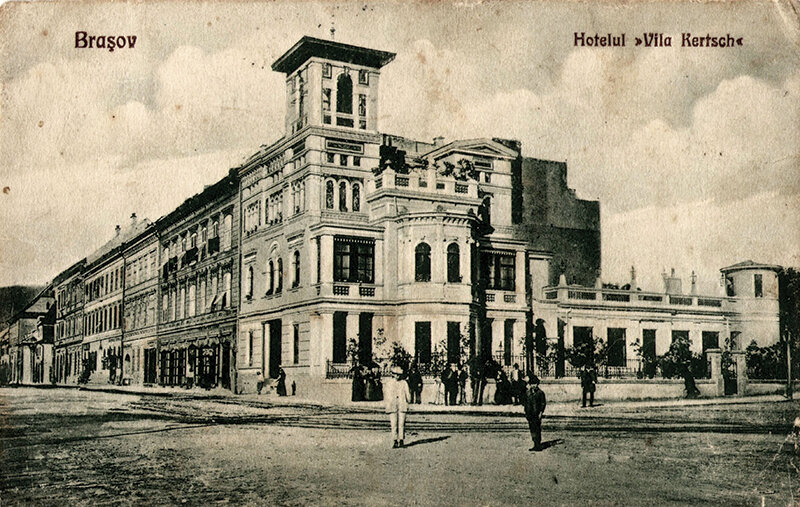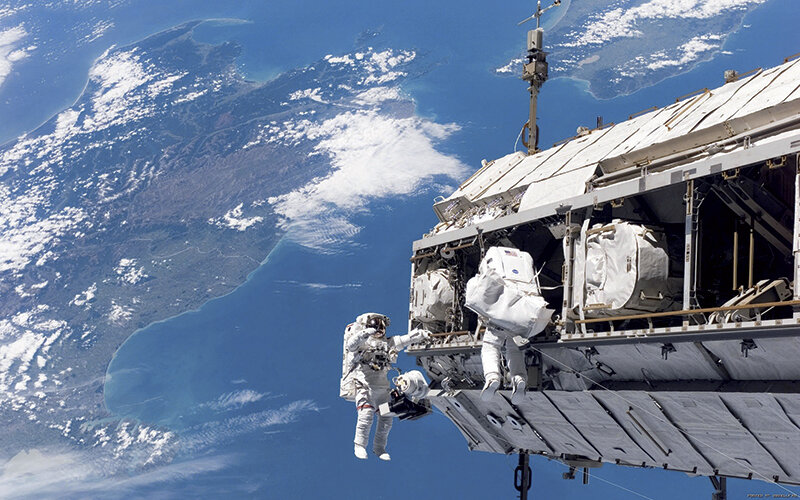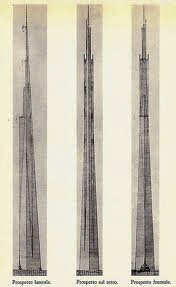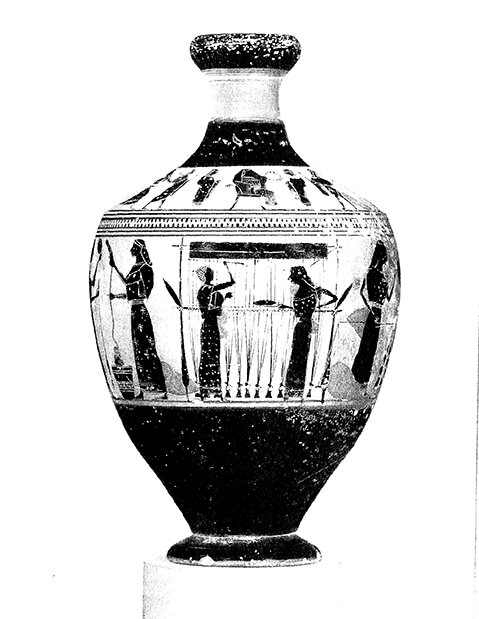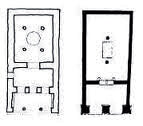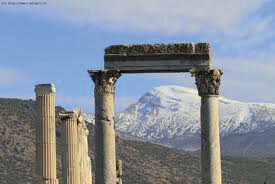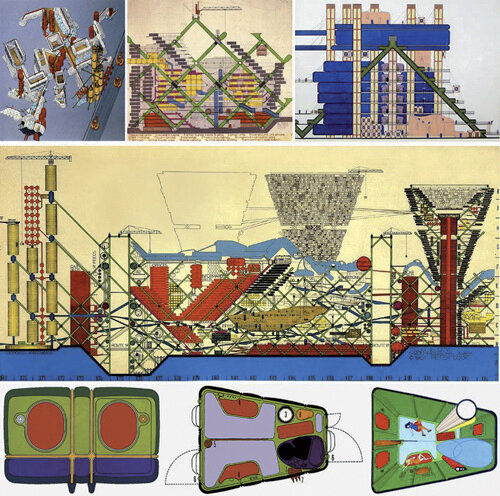
regression to a lower state of development?

I try and am trying a different perspective on things (from small to large, but not only)
have we ever wondered if it is the material that drives the artifact's rumination and not human intelligence1? in the very distant past we were cold, afraid and understood (knew) much less; we lived by instinct; from instinct we began to 'surround' ourselves, to make 'shells' (physical, but also mental);
the fetus is surrounded by the placenta, the body is surrounded by the skin, the Earth is enveloped by the atmosphere - the first envelope in nature, from small to large;
we construct the elements of our artificial living environment by looking at nature, imitating nature, adding to it what it lacks or what we lack and giving meaning to the good we obtain;
these shells, physical and mental, gradually become one, made up of: what we have copied, what we have "invented" and what we have been given;
an interweaving of the natural environment with the artificial environment;
envelops in common: man with his need to surround himself with 'something', but also that 'something' which envelops man.
if we want to talk today about this journey of envelopment, we cannot ignore the fact that we have reached Mars;
It wasn't so long ago that we were on the Moon, after thousands of years of occupying the Earth;
Now we're looking at Mars, and history is full of stories about occupying, colonizing, colonizing, spreading out;
but who's occupying, spreading out, colonizing?
I'm trying to say that the road from small to large would be a shell that expands as occupation;
a new space (less populated or populated at all) is occupied with/by new "envelopes";
but also new meanings;
for those who grew up in the halls (enclosure) of Western civilization, this journey began with the ancient Greeks;
the odyssey of today's Western culture and civilization probably began around the (vertical)loom2 that produced large canvas for the sails of Greek ships;
the causes of colonization are the same from the ancient Greeks3to 2012 (see Club of Rome report for 2052): population growth and overpopulation of the place developed by successive envelopes, the need for individual or collective resources (Earth: food, minerals)?
Did development enable colonization or did the need for colonization favor/force development?
more-more (accumulation and expansion) led to more-more;
bigger, more-efficient?
to the single, worldwide, global envelope?
from small to large, drivers of expansion were:
- the looms and huge sails that allowed the Greeks to stretch across the waters,
- the Roman arch - the 'building brick' for the impressive bridges and viaducts that in turn allowed the Romans to build a huge network of roads that occupied a vast territory for hundreds of years,
- metal scaffolding (bars and knots): large-scale occupation of the vertical, starting in 1889 with the Eiffel Tower's 300 meters and going up to 1,000 meters today,
- technology taking the place of technology as the main driver of expansion into outer space;
the architecture part of the big "envelope", as the coat is part of the small "envelope", records the journey of matter in the adventure of spatialization:
the path of wood stopped somewhere in the neighborhood of immediate need; man's first "prosthesis", wood, has remained the most handy, still keeps him warm, almost as it was thousands of years ago;
the path of stone began as a protective protective mantle, it began in the weak mounds of stones gathered together (hiding places, weapons, but also tombs); then large blocks of stone, worked and painstakingly laid, became suspended terraces or huge pyramids, and later, when joined together with great skill, they were found in the Greek trilitic; the path of stone alone, laid in space, stopped with the Gothic cathedrals, but continues in the composition of concrete and the technological chip;
the path of metal, which also started in the neighborhood of stone and wood fire, has not yet ended its adventure (only a hundred years ago it was the first major paradigm shift in architecture: Eiffel Tower, Russian constructivists, followed by Bauhaus, Mies van der Rohe then the leap to something else, radical, opened by Archigram, developed by Yona Friedman, first put into practice on an urban scale by Piano and Rogers at the Pompidou Center in Paris, extended today in orbital stations - a mega-skeleton as a supporter of "envelopes" on a human scale);
were we preparing for something?
was there something in particular? (development?)
did someone betray? (the fly in the window and the American dream);
after being banished from heaven, we needed clothes and ended up on Mars;
is it a man's way?
maybe in his unconscious attempt to better himself he lost the ladder;
but matter?
today, people disillusioned with the present, in their aspirations for even better, are becoming increasingly nostalgic; (after what?)
we still have a problem with the shell, after all today's situation is a problem of the shell;
do we have a problem with the mega-scale extension of a small and out of control tested shell?;
yes, we have a problem, because soon we'll be 8 billion, and matter is only used very efficiently;
matter and efficiency, a model for success?
let's go back in time again and reflect:
- the development of craftsmanship was not done with colonization in mind, but craftsmanship created the prerequisites for development (critical mass of tools at man's fingertips)
- the Greek urban grid (democracy and urbanity) at the scale of the single-family dwelling is rediscovered in the grid of today's skyscraper Manhattan (democracy, urbanity, but also efficiency)
- The Roman Empire, the largest empire that ever existed in Europe, was made whole by copying for six hundred years a successful urban model experimented on a small scale;
today:
- globalization has colonized the Earth, spreading throughout the world the "primacy of instructional reason"4 whereby the attainment of the goal is achieved by the most economical means, economics eclipsing all other initiatives;
and let us look to the future:
- tomorrow, after the USA today, will China surpass everyone else in size rather than in shrinkage: the largest population, the highest rate of development, the most efficient country management, the greatest vertical devolution?
- will only the countries towards the poor go small: regression to a lower state of development?
NOTES:
1. Naom Chomsky, Hopes and Prospects (Editura Paralela 45), "Ernest Mayr said that higher intelligence is an evolutionary fallacy, incapable of surviving more than a fleeting moment in an evolutionary period".
2. Indra Kagis McEwen, Socrates' Ancestor (Idea Design & Print, 2011).
3. The causes of the great Greek colonization are to be sought in the whole evolution of the Greek world after the Homeric era. It was the relative overpopulation of Greece, resulting from an obvious demographic increase, but above all from an inequality of opportunity, since land, the main wealth, was held mainly by the aristocracy. Added to this were the social conflicts in the various cities, which in some cases led the defeated to leave for other places, and the spirit of adventure (Wikipedia).
4. Charles Taylor,The Ethics of Authenticity (Idea Design & Print, 2011)

